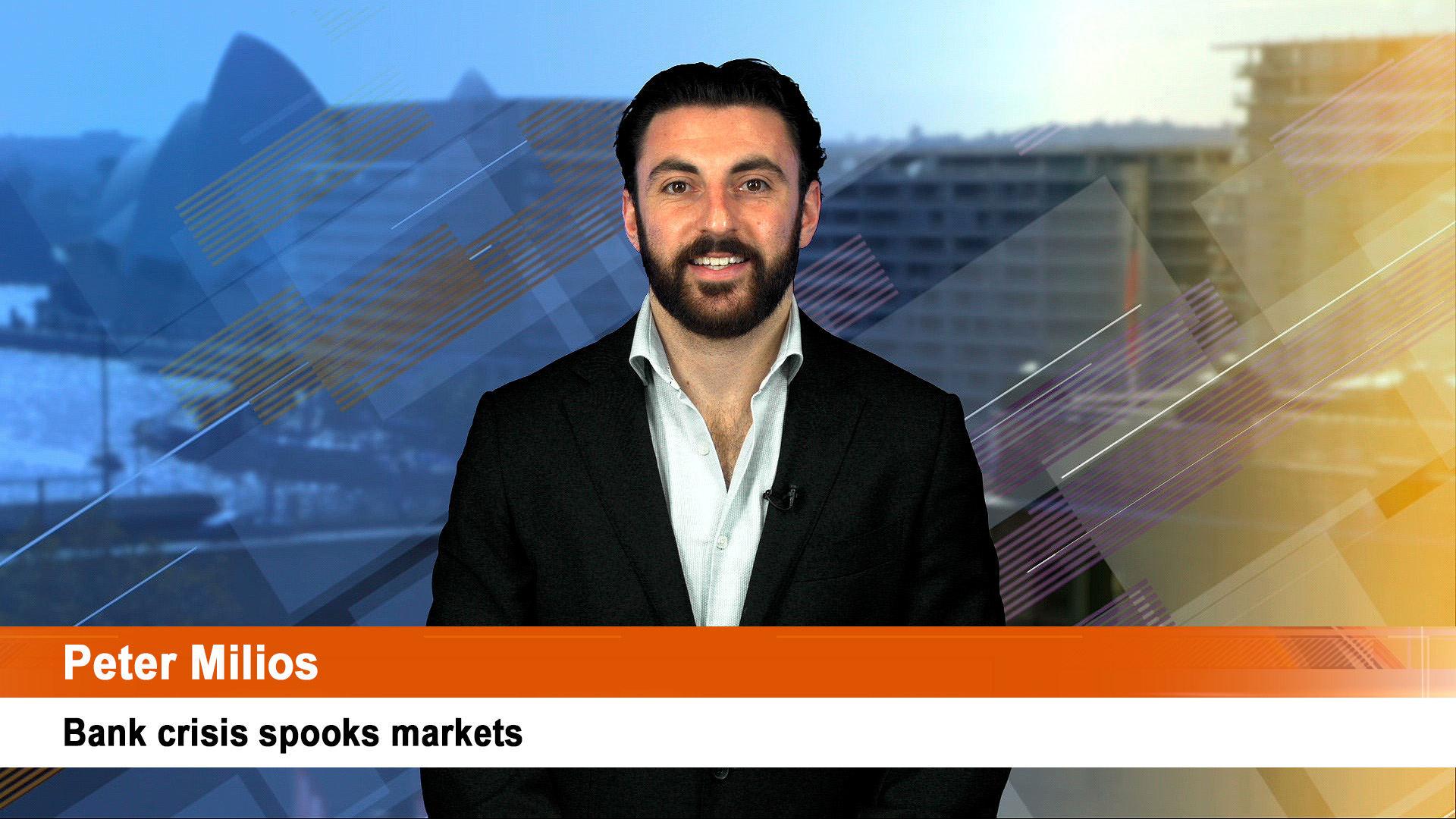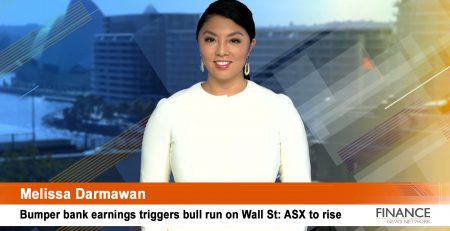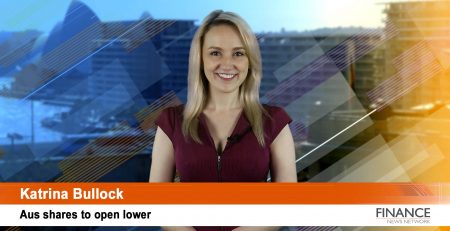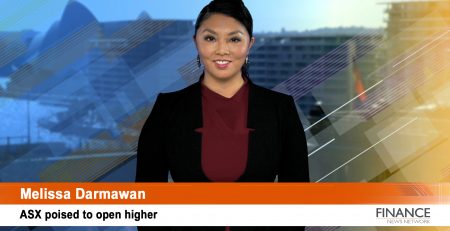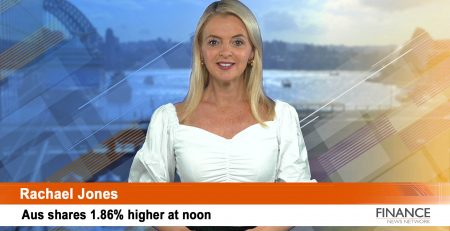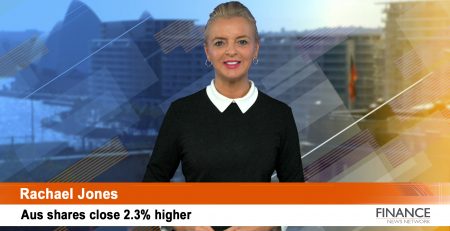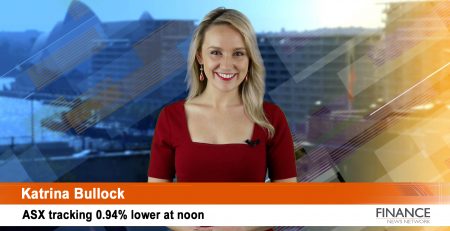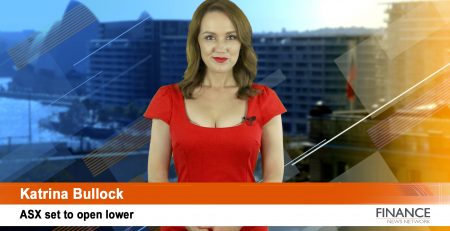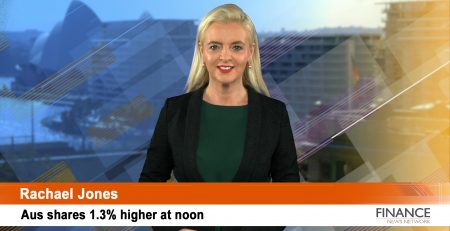Bank crisis spooks markets
Stocks tumbled Friday as tech-focused lender Silicon Valley Bank shut down following losses in its bond portfolio, prompting the biggest bank failure since the global financial crisis and sending shockwaves through the banking sector.
The turmoil among bank stocks overshadowed a February jobs report, which gave some hints that inflation could be slowing. Payrolls increased more than expected, but investors focused on the smaller-than-expected gain in wages, which may cause the Federal Reserve to rethink its aggressive stance on rate hikes.
On Friday, the Dow Jones Industrial Average dropped for a fourth consecutive day, finishing 1.1 per cent lower. The S&P 500 lost 1.5 per cent. The Nasdaq Composite shed 1.8 per cent.
All the major averages capped off the week with losses. The Dow fell 4.4 per cent to post its worst weekly performance since June. The S&P dropped 4.6 per cent, while the Nasdaq lost 4.7 per cent.
The rapid collapse of Silicon Valley Bank on Friday has shattered confidence in the US banking industry after years of stability. Regional bank stocks tumbled in the wake of Silicon Valley Bank’s demise, with the SPDR S&P Regional Banking ETF losing nearly 4.4 per cent. For the week, the regional bank fund lost about 16 per cent, its worst week since March of 2020 as the pandemic hit.
Several bank stocks were repeatedly halted on Friday, including First Republic, PacWest and crypto-focused Signature Bank. First Republic dropped 14.8 per cent, and PacWest shed 37.9 per cent. Some bellwether bank stocks suffered smaller losses even as SVB’s fallout wreaked havoc on regional names. Goldman Sachs and Bank of America fell 4.2 per cent and 0.9 per cent respectively.
SIVB was a bank heavily focused on the Silicon Valley tech industry, relying heavily on the tech industry for both deposit funding and loans. As the US Federal Reserve raised interest rates and impacted the tech industry, SIVB began losing deposits rapidly. Between 2022 and March 2023, SIVB lost over $30 billion in deposits, mainly due to its concentration in the tech industry. On Thursday last week, depositors reportedly tried to pull ~$42 billion on that day alone.
Critically SIVB did not hedge any interest rate risk, meaning it did not balance its long-term interest rate risk on its asset book with the short-term interest rate risk on its deposit book. SIVB only used 43 per cent of its $173 billion in deposits for normal loans, and the remaining 57 per cent was invested in financial market securities with significant interest rate risks. SIVB chose not to hedge these risks, which ultimately was the root cause of its demise.
Canva, a prominent Australian technology company, is facing difficulties in recovering funds deposited with Silicon Valley Bank, along with several other Australian firms. Despite this, venture capital funds are confident in their ability to provide funding for their portfolio companies in the short term
Bigger picture though – Analysts are now asking is this a one off, or a warning about the potential damage to the financial and technology sectors of economies from the year long surge in inflation and rapid rate rises from the Fed and other central banks.
On Friday, all S&P 500 sectors closed lower. Consumer Staples was the best of the bunch, whilst Real Estate was the worst.
Futures
The SPI futures are pointing to a 0.6 per cent fall.
Currency
One Australian dollar at 7:45 AM is buying at 66.06 US cents.
Commodities
Iron ore futures are pointing to a 0.1 per cent fall. Iron ore is 0.7 per cent higher at US$129.95 tonne.
Gold added 1.8 per cent. Silver gained 1.7 per cent. Copper fell 0.2 per cent and oil gained 1.3 per cent.
Figures around the globe
Across the Atlantic, European markets closed lower. London’s FTSE fell 1.7 per cent, Frankfurt lost 1.3 per cent while Paris closed 1.3 per cent lower.
In Asian markets, Tokyo’s Nikkei fell 1.7 per cent, Hong Kong’s Hang Seng dropped over 3 per cent while China’s Shanghai Composite closed 1.4 per cent lower.
On Friday, the Australian sharemarket closed 2.3 per cent lower at 7145.
Sources: Bloomberg, FactSet, IRESS, TradingView, UBS, Bourse Data, Trading Economics, CoinMarketCap.
Disclaimer
The views, opinions or recommendations of the commentators in this presentation are solely those of the author and do not in any way reflect the views, opinions, recommendations, of Sequoia Financial Group Limited ABN 90 091 744 884 and its related bodies corporate (“SEQ”). SEQ makes no representation or warranty with respect to the accuracy, completeness or currency of the content. Any prices published are accurate subject to the time of filming and shouldn’t be relied upon to make a financial decision. Commentators may hold positions in stocks mentioned and companies may pay FNN to produce the content at times. The content is for educational purposes only and does not constitute financial advice. Independent advice should be obtained from an Australian Financial Services Licensee before making investment decisions. To the extent permitted by law, SEQ excludes all liability for any loss or damage arising in any way including by way of negligence.
Copyright 2023 – Finance News Network
Source: Finance News Network

